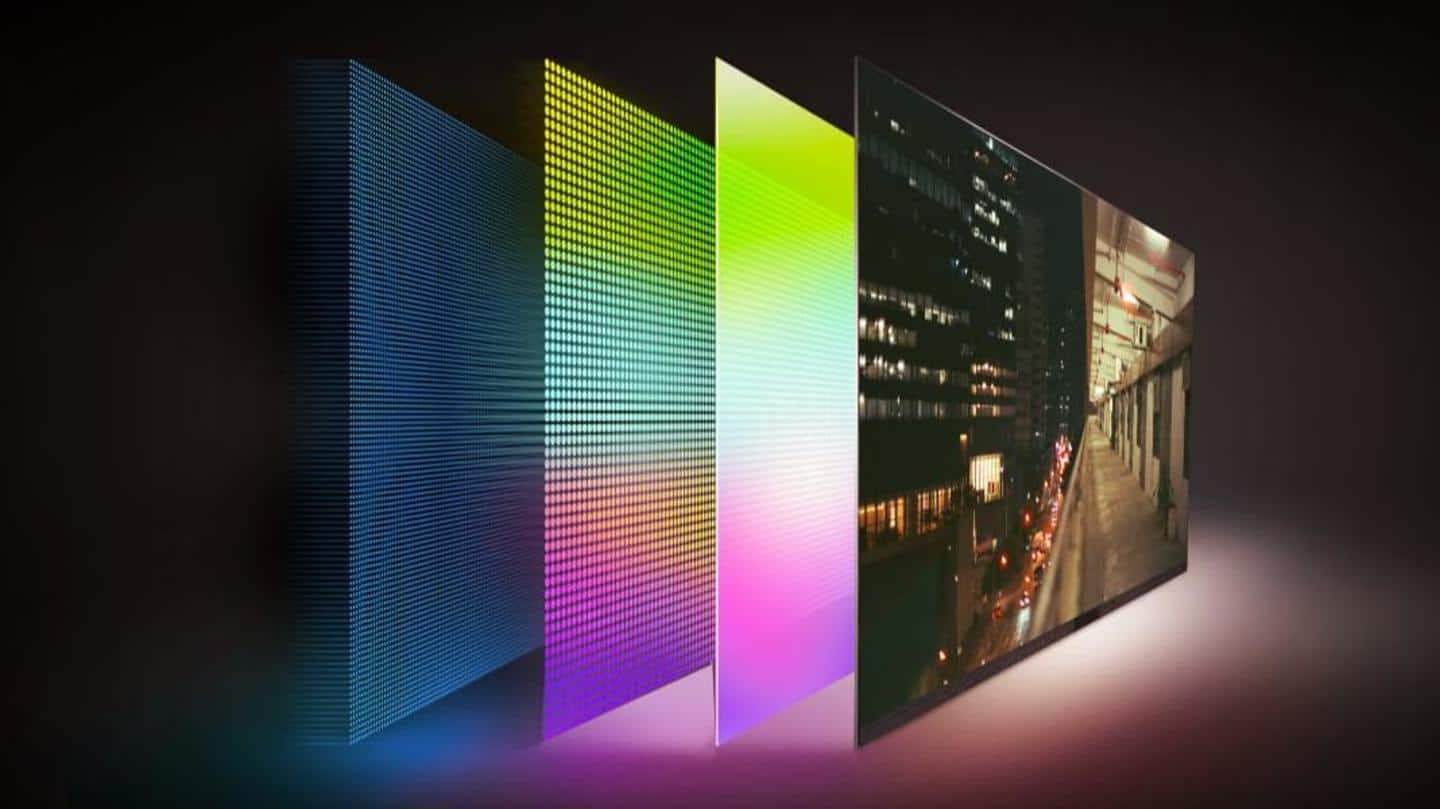
#NewsBytesExplainer: Understanding different types of display technologies
What's the story
Our life is dominated by screens. We start the day by checking our phones, then work on laptops, and find entertainment in televisions.
No wonder, the display of a device is one of its main features. Naturally, companies have started to evolve their screen technologies to offer enhanced viewing experience and better power efficiency.
Here, we understand some of the main display types.
Context
Why does it matter?
From TFT screens on feature phones of the past to high refresh AMOLED panels and flexible OLEDs on modern devices, the world of displays has come a long way.
Now, as displays are becoming a key pricing factor of a device, it is important to understand their different types and how they work so that we can make better buying decisions.
Display #1
LCD display uses CCFL backlight
LCD (Liquid Crystal Display) is one of the most common types of screens you will see on smartphones, laptops, and even smartwatches.
It uses a crystal solution layer placed between two polarized glass panels. When the transistors supply power to the crystals, the pixels open or close, filtering the light to pass and create an image.
LCDs use CCFL (Cold Cathode Fluorescent Lamps) backlights.
Display #2
LED displays are more power-efficient than LCD displays
LED or Light-Emitting Diode display is not much different than an LCD panel. LED is a type of LCD but with a different source of light.
It works by passing a current through silicon semiconductors, which is a more energy-efficient method than LCD's CCFL lighting.
Then, by differentiating the brightness of each LED, the diodes form an image on the screen.
Display #3
mini-LED measures one-fifth the size of a regular LED
The mini-LED technology shrinks down the size of each light-emitting diode. They measure around 0.008-inch (200 microns), i.e. one-fifth the size of a standard LED.
Here, the backlights can range from a two-digit number to hundreds. Each LED can be individually controlled to offer a more detailed dimming.
Other types of LED displays include micro-LED, full-array LED, QLED, and edge-lit LED.
Display #4
AMOLED display allows faster control of pixels
AMOLED stands for Active Matrix Organic Light Emitting Diode. In each LED, a series of organic material films are placed between two conductors to produce light.
Active Matrix technology adds a thin film transistor and capacitor to each LED, enabling faster and precise control over pixels compared to OLED's passive matrix system.
AMOLED displays offer true black levels and are costlier than LCDs.
Display #5
LTPO AMOLED display supports varying screen refresh rates
LTPO, short for low-temperature polycrystalline oxide, is an Apple-developed backplane technology used in OLED/AMOLED displays.
The technology is said to reduce the device's power consumption by varying its screen refresh rate, depending on the content on the screen.
The iPhone 13 Pro, OPPO Find X3 Pro, OnePlus 9 Pro, and Samsung S21 Ultra are some of the phones that flaunt an LTPO AMOLED display.